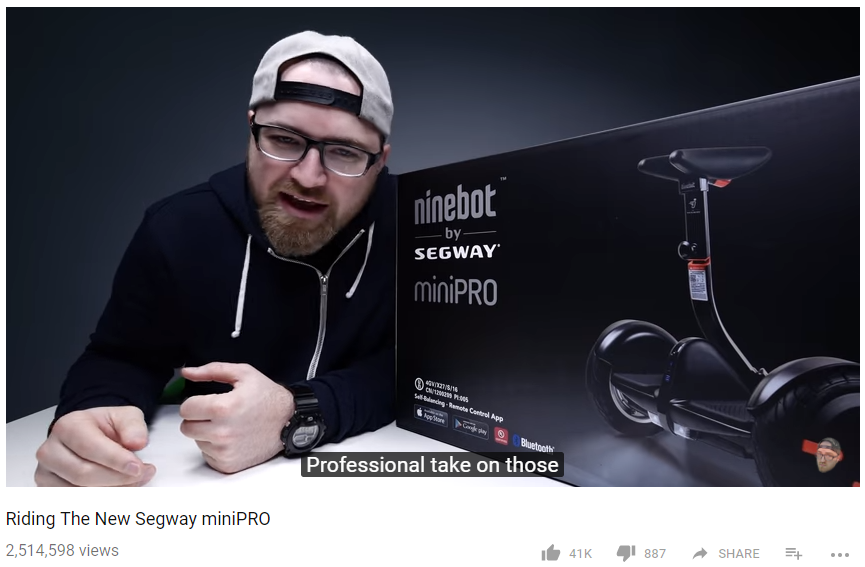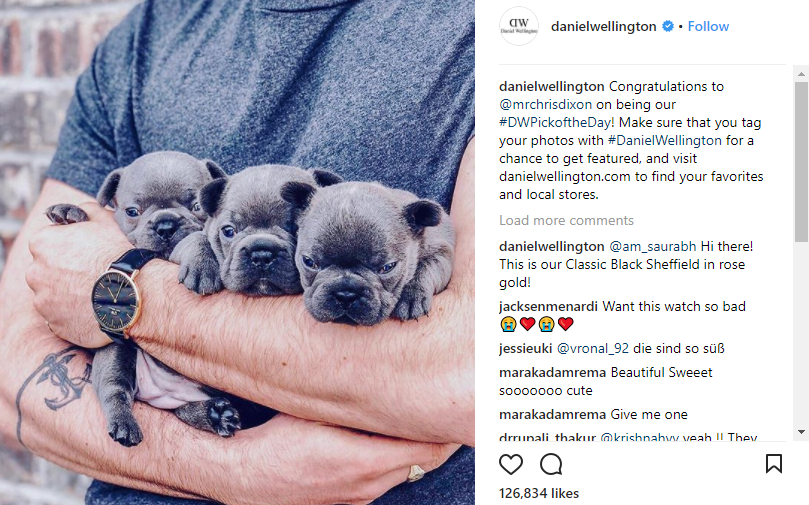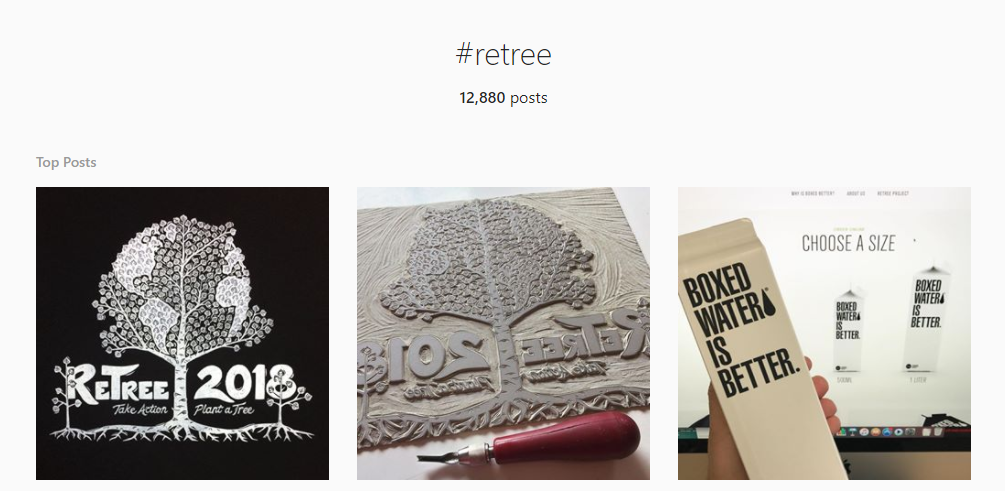Influencer Marketing 2018: Trends & 5 Successful Campaigns You Can Use for Inspiration
Social media marketing these days is synonymous with influencer marketing. Influencer marketing is a sought-after service at every social media agency because every business wants to experience the miraculous results that the strategy promises. But is this buzz-heavy term actually worth investing in?
Influencer marketing could well be the only way forward on social media, owing to the following 3 reasons –
- Social media platforms such as Facebook will never curb organic engagement on posts published by individuals.
- People believe in people more than they do in brands.
- Influencer marketing can circumvent adblocks and general ad aversion.
However, influencer marketing as a niche is fast-paced and constantly evolving, so you need to stay on top of emerging trends. For instance, several brands have begun to work with regular people – fans and employees, who can be influencers too and managed easily via an employee advocacy platform such as ours. Trends such as these and the ones below have begun to take over the influencer marketing space.
5 influencer marketing trends for 2018
1. FTC guidelines
One of the biggest influencer marketing trends that brands can observe in 2018 is being more transparent about brand and influencer relationships. In the past, brands have not been very open about their alliances with social media influencers, and as a result, social media platforms have been flooded with camouflaged sponsored posts. To regulate influencer posts, the FTC has come up with guidelines that need to be followed.
If you want to avoid being called out for non-compliance, clearly disclose your partnership with influencers in every post. Many brands use the hashtags #ad or #sponsored on their posts. You could also use #XYZParnter or something of the sort instead.
2. Multi-platform campaigns
Many brands limit their influencer marketing to Instagram. In fact, one study found that 92% of brands use only Instagram for influencer marketing. While Instagram could be your top channel, it doesn’t have to be your only channel. Most influencers charge based on the size of their followings and engagement on social media. So, the same influencer who might charge a bomb on Instagram, might be affordable to work with on Snapchat.
You could also consider running campaigns across different social media platforms, to ensure that you reach your target audience everywhere and stay on top of their minds.
3. Value content vs ads
The most common misconception about influencer marketing is that it has a standard format. Most brands go with photographs of influencers holding their products, with a simple caption about how much those influencers love those products. The fact is that influencer marketing could be anything that an influencer and brand co-create to reach a specific target audience. It could be a photograph, video or even a series of memes.
Instead of doing a standard “Sponsored post”, Segway partnered with Lewis Hilsenteger, a YouTube influencer, to create an entertaining and useful piece of content.
4. Multiple influencer campaigns
Everyone is now aware of the popularity of influencer marketing, brands and individuals included. Many people with 9-5 jobs have taken to social media to build a following and make extra money. That has made “social media influencer” a sought-after career and social media influencers common and easy to access. The mistake that many brands make with influencer marketing is working with only large influencers and ignoring micro-influencers.
Micro-influencer marketing is a fast-growing form of marketing that involves building a network of people through whom you can reach your target audience.
5. Non-transactional relationships
Social media marketers have been using the term “Campaign” to describe influencer marketing campaigns for sometime now. Instead, marketers could consider influencer marketing activities as opportunities to build relationships with influencers. The way most brands manage influencer marketing involves paying an influencer some amount of money and having him or her publish a post, after which the brand moves on.
With non-transactional relationships, influencers can be more than just paid channels to distribute content. They can be partners in whom brands invest and partners who promote brands with authentic enthusiasm.
Now that we’ve learnt what influencer marketing entails and which trends are likely to prevail in 2018, it’s time to find some inspiration via successful influencer marketing campaigns.
5 successful influencer marketing campaigns
1. Daniel Wellington
A world renowned watch-making brand, Daniel Wellington was among the first brands in its industry to experiment with influencer marketing. Instead of spreading its marketing budget across a bunch of activities, Daniel Wellington has focused greatly on influencer marketing. They’ve worked with influencers and celebrities across all strata to build a strong profile on social media.
For instance, here’s a “Pick of the day” photo that features a micro-influencer on Instagram.
2. Glossier
With almost something of a cult status on social media, beauty-brand Glossier has built its reputation largely via influencer marketing. Instead of splurging on large influencers to help promote their brand, Glossier has worked with a network of “regular women” to spread the word about their products. Glossier even has a referral program through which these women can offer discounts on Glossier products to their followers.
3. Paco Rabanne Parfums
You may recognize Paco Rabanne from TV and hoarding advertisements. However, it’s their more recent influencer marketing campaigns that have set them up for success on social media. In 2017 alone, Paco Rabanne’s social media following grew by 42786%, going from 57,767 to 66,555 just in two weeks of December. The brand’s success can be chalked up to choosing just the right influencers who create visually appealing images.
4. BoxedWater
If influencer marketing has ever come under fire, it’s because the strategy is seen as purely tactic based and disingenuous. However, that is not always the case. BoxedWater, a packaged water distribution company that uses sustainable packaging, has used influencer marketing to spur a philanthropic campaign called the ReTree project. The influencers who were chosen to participate in the campaign are big names who are genuinely interested in the cause, making the campaign appear on-brand and authentic.
Save time managing your social media accounts
Are you still managing your social media accounts directly from Facebook/Twitter/LinkedIn? Make your life easier by managing all your social media in one place, schedule posts, repeat posts, curate content and more. Try DrumUp now, it's free, forever.
5. Sprint
Sprint has been famously known to work with influencers from all industries, music, movies and business included. The brand’s latest campaign with the hashtag #LiveUnlimited features social media influencers who have massive social media followings. But the size of their followings is a smaller advantage than how well they match the #LiveUnlimited spirit.
Wrap
Influencer marketing could be the way forward to more engagement and better results on social media, which is why any business should have an influencer marketing strategy. If you haven’t gotten started on this, there’s no time like now.
Photo by rawpixel.com on Unsplash


